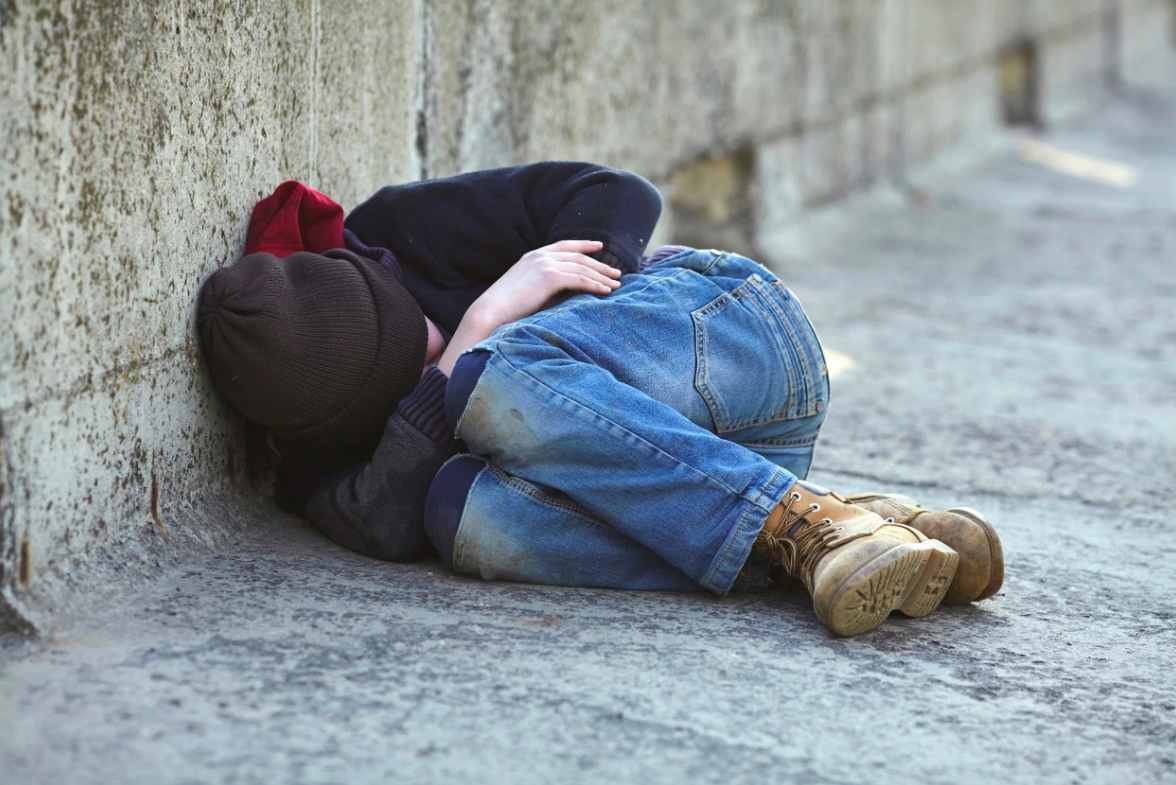Homelessness is a Public Health Crisis by Nicole Simonson, LICSW

Around 1.4 million U.S. students between the ages of 6-18 are homeless, and every year approximately 1 million babies, toddlers and preschoolers also experience homelessness. The definition of homelessness is divided into those who are sheltered and those who are not. Thankfully, the majority of children are in sheltered situations. The extent of homelessness nationally and in each state is described here.
Homelessness is a public health crisis and there is a significant negative impact of homelessness on children’s mental and physical health. Here are resources prepared by the U.S. Department of Health and Human Services that may help strengthen our nation’s families facing financial hardship.
The crisis of homelessness faced by U.S. children is fluid and shifts according to age group. Our public school policies do not classify foster children who are in our welfare system as homeless, but our foster care system is not always able to provide consistent care. Foster children may face changes in living situations and caregivers; as a result, their physical and mental well-being may be traumatized by the fear and anxiety associated with homelessness.
A statistically common scenario is for a homeless, low-waged single mother with one school-aged child and a preschooler to live in a technically sheltered but homeless situation, which could include:
- a homeless or domestic violence shelter;
- living “doubled up” and/or living with another family;
- sleeping in a car, or on a family member’s couch,
- renting a small room in a house.
These situations are not stable and change frequently. Homeless parent(s) typically share common economic and social and/or emotional experiences. Roughly 80% of mothers who become homeless have experienced some form of domestic violence or other trauma. Most, if not all, have barriers to economic mobility. With a shortage in affordable housing and a failure of wages for unskilled workers to keep pace with inflation, low-waged workers are constantly at risk of homelessness.
The Crisis of Homelessness for Older Youth
For latency age and older youth, the picture of homelessness tends to be different. Many of these youth are categorized as “unaccompanied minors.” The term “unaccompanied” refers to youth living with a person who is not their legal guardian. Usually temporary caregivers are not legal guardians. Temporary caregivers may be family members or friends of parent(s) who may have been detained, deported, incarcerated, addicted to opioids, or injured or killed by gun shots. In addition, youth who have migrated to the U.S. may be living on their own and without a legal guardian. All these homeless youth may not receive medical, educational, or counseling services. This too, contributes to the public health crisis of homelessness.
Here’s how you can help improve the situation for children at risk of homelessness:
Stand Up for Kids: How to Help | Horizons for Homeless Children: How to Help | Housing Families: How to Help

